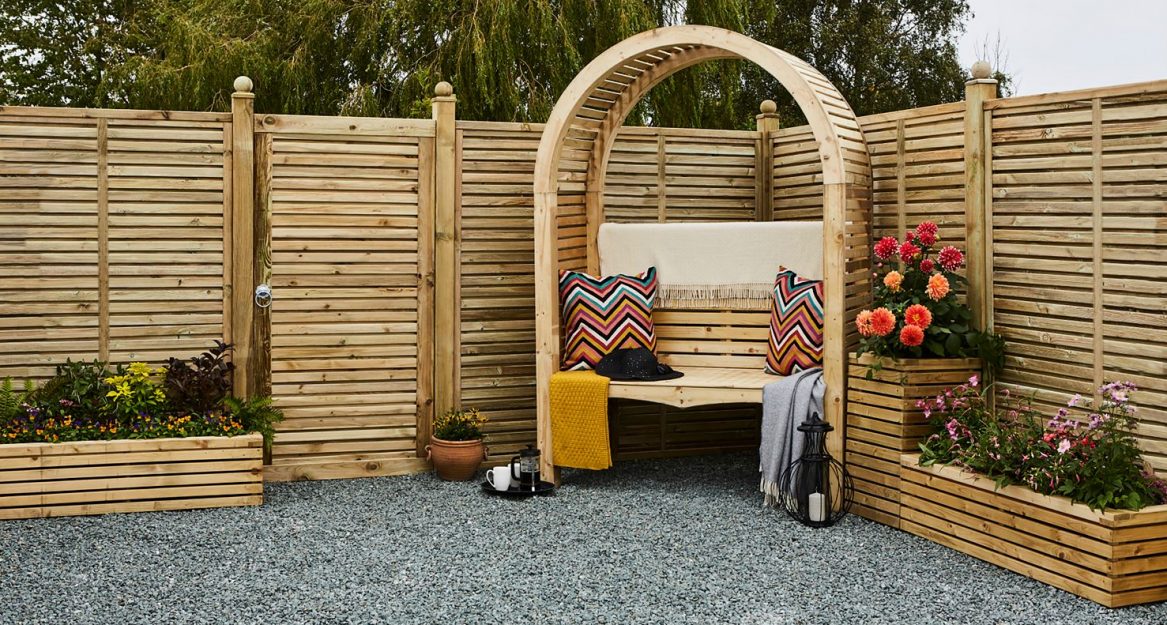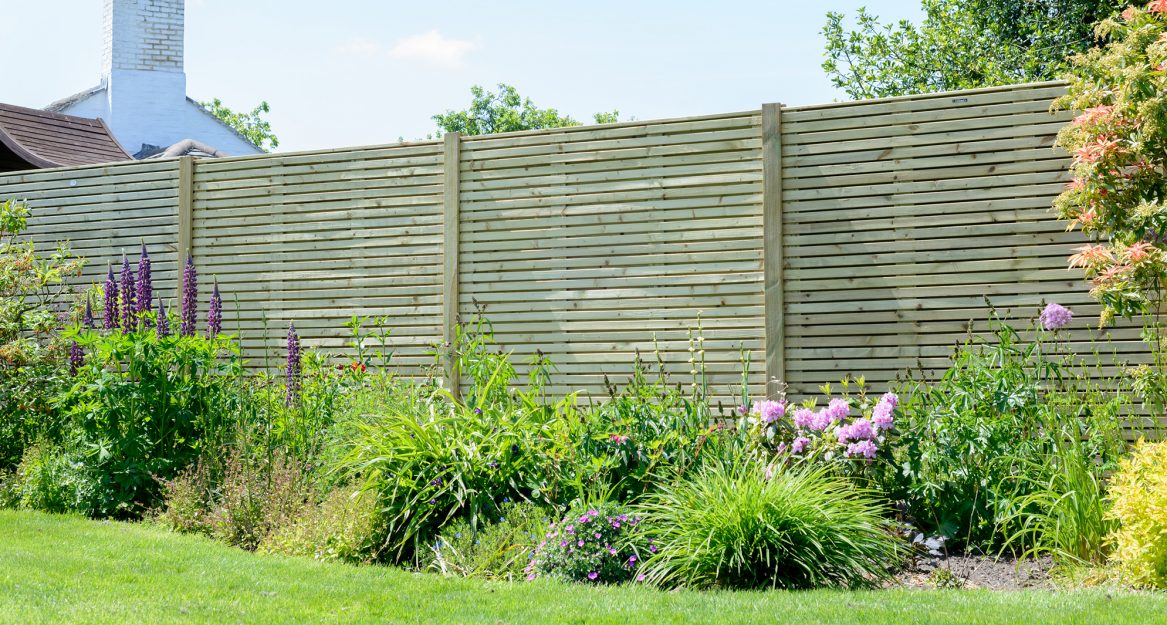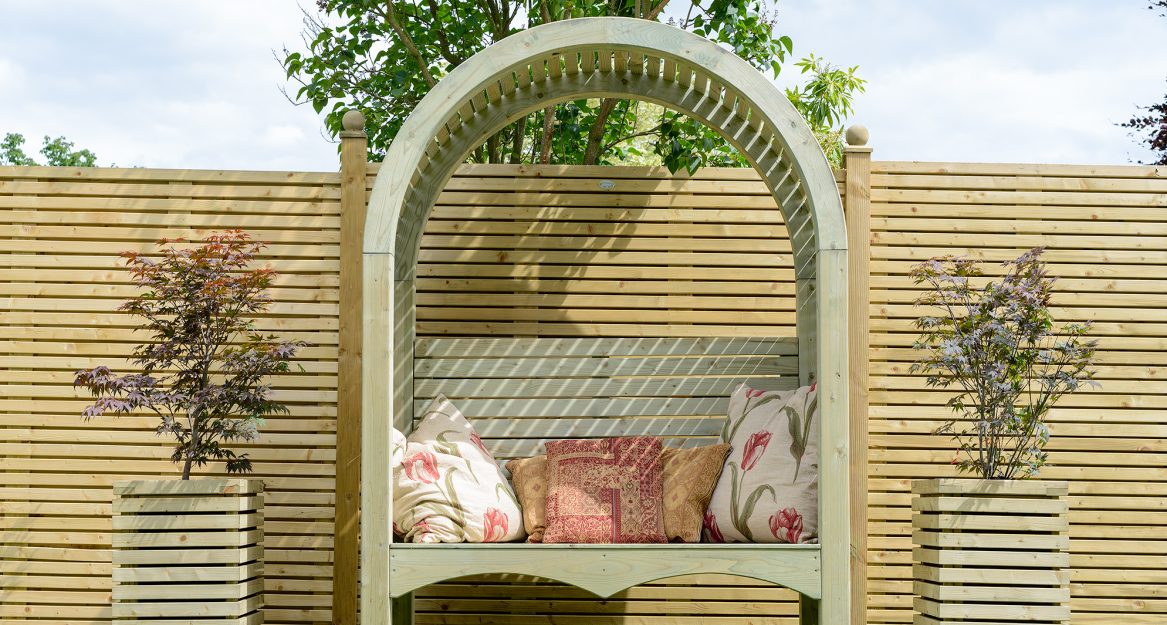Make Your Own Slatted Fence
The must-have feature of modern gardens and outdoor spaces are bespoke, handmade slatted fences. Being relatively simple and cheap to make, they can be constructed with all types of timber, but an effective, high-class finish uses various shades of hardwood slats.

Preparation
Measure where your fence will be located (running a line or some string could assist with this) and decide on the height you want the fence to be – if you plan on making it taller than 2 metres, you will need planning permission.
It may be useful to decide on the gap size between slats now and doing a few sums to get a good estimate of the number of slats you will need.
If you are building onto an existing fence then you might need to remove any unnecessary timber or boards – ensuring the structural timber and required cross-members between posts remain in place.
However, if you are building a completely new fence, then you will first need to install all your fence posts – see our guide on how to install fence posts.
Softwood can change shape and ‘bow’ over time so try to ensure the gap between posts is no greater than 1.8 metres.

Adding the Slats
Starting with the lowest level attach the first slat, making sure it is perfectly level as all other slats will use this as a guide. If you are working alone, it may be helpful to use a clamp or strong tape to hold the slat in place while nailing the timber. Fully complete this first level of slats using the same method.
Use a spacer of your choice to locate and add the next level. A spacer could be anything, we advise a sideways slat (or a similar bit of timber) depending on your choice of gap size between slats. Use the same method as before for attaching this next level of slats and remove the spacer after the slat has been attached.
Repeat this method for each slat – it may be useful to add a few slats (one above the last) to ensure you are happy with the space between slats before completing the next few layers in full.
The length and location of slats could be placed at random, but there is no hard and fast rule. Your design choice could be a highly ordered, regular construction and placement of slats. The beauty of making your own fence is that it’s your choice. But stick to your choice for the entire fence and don’t mix ordered with random placements.
Depending on your choice of material, it may be essential to use some type of wood preserver. A stain or an oil will not only protect your fence against the elements but will also help to bring out and create a deeper contrast between the natural grain and other markings of the timber.

That’s it! Your new fence is complete!
If you require any help or advice on materials or methods please get in touch or speak to one of our staff members in-store.
For further information on our fencing options please visit our gates and fencing page.
If you found this guide helpful in transforming your garden share your process with us. We’d love to see your before, during and after pictures. If willing, we’ll share your work on our channels to show the world.
